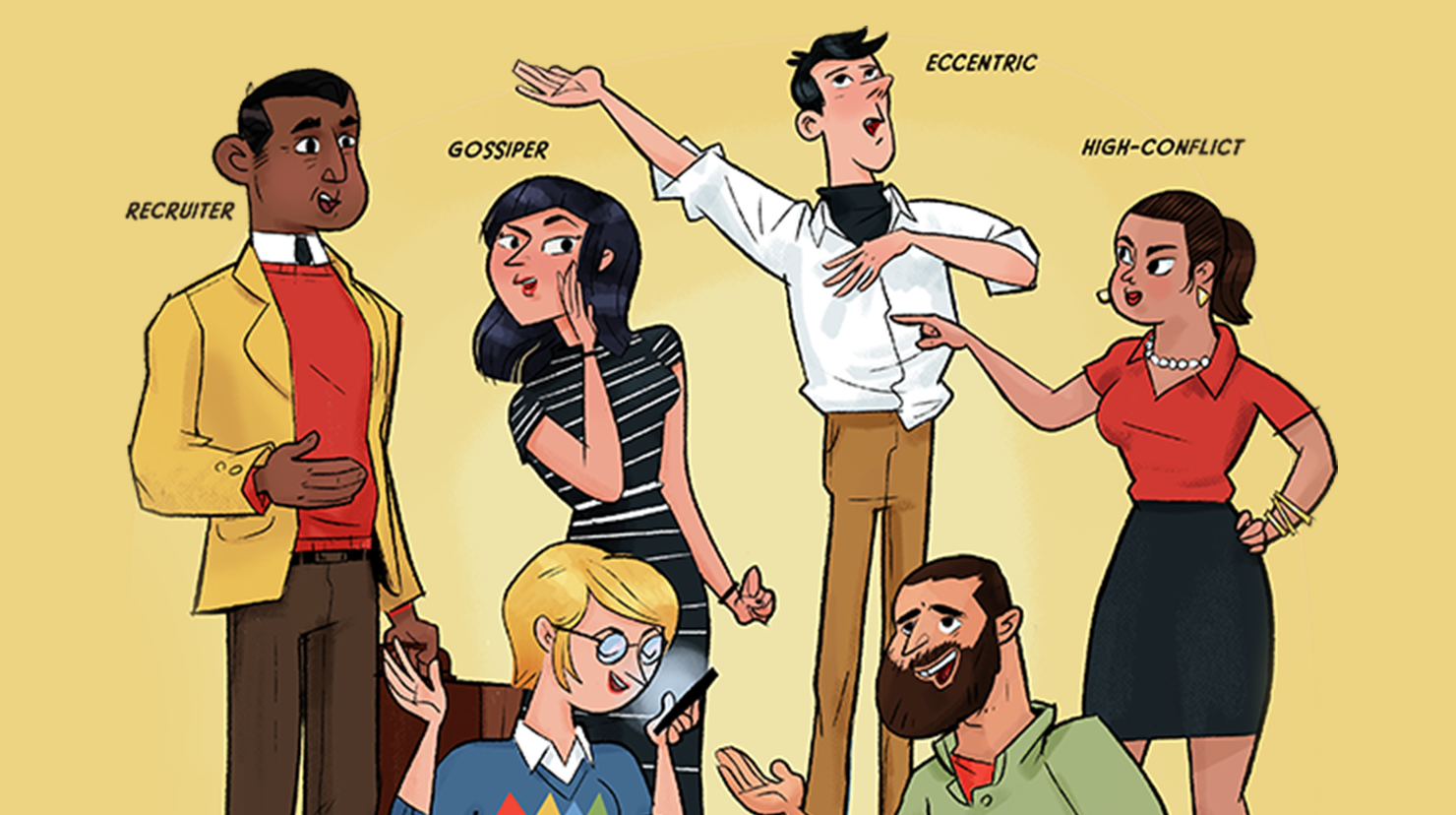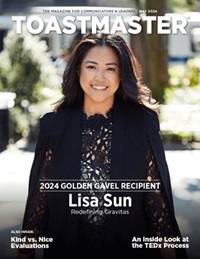
Personality testing, a multi-billion-dollar industry, is ubiquitous—from hiring processes to team-building exercises and even on social media platforms like Instagram and TikTok. While psychologists question their accuracy and rigor, these tests can offer insights into self-understanding, empathy, and communication, provided we cautiously navigate their results.
Ultimately, such assessments can help us improve how we work and interact with others.
While many personality tests claim to be backed by research, only one test is regularly used by psychologists: the Big Five, also known as the Five Factor Model or OCEAN.

The Big Five
The Big Five test assesses personality across five traits: openness, conscientiousness, extraversion, agreeableness, and neuroticism (OCEAN). Unlike type-based tests—which label people according to a particular characteristic—the Big Five describes a spectrum of behavioral and affective tendencies, offering insights without confining you to a specific category. This approach helps recognize your inclinations toward change, interaction, and stress management, providing a nuanced understanding of how we relate to ourselves and others.
“I see the strength of the [Big Five] tests as understanding more about your innate preferences or strengths when it comes to the workplace,” says Martha Menard, a behavioral scientist in Bellingham, Washington. Understanding your level of extraversion or agreeableness helps you make more sustainable decisions about how you work. And knowing others’ preferences allows you to collaborate with greater ease. “But it’s important to remember that these traits are all on a continuum and not either/or, black or white,” adds Menard. “Context also plays an important role.”
But you might be more familiar with personality type systems, which categorize people by the ways they think and act.

MBTI (Myers-Briggs)
The MBTI was developed by a mother-daughter team, neither of whom were psychologists, between the 1920s and 1980s. The Myers-Briggs system examines four pairs of traits: extroversion/introversion (E/I), intuition/sensing (N/S), thinking/feeling (T/F), and perception/judging (P/J). Your test results tell you which one of 16 combinations is your Myers-Briggs type (e.g., I am an INTP, my husband is an ENFJ).
Personality psychologists Dan McAdams and William Dunlop point out that not only are the traits the MBTI tests for psychologically suspect, but the idea of a personality type is reductive and unsupported by science.
Despite the lack of supporting research on the validity of the MBTI, employers frequently use it to hire, coach, and manage employees. And many people find knowing their types and the types of others very valuable. The MBTI system offers a vocabulary for teams to discuss their needs with less stigma attached.
For instance, my husband (who is also my business partner) and I find it helpful navigating our different approaches to project management and client relationships. When it comes to project management, his judging tendencies (J) support our process-oriented approach, and my perceiving tendencies (P) remind us to stay flexible. With client relationships, my thinking (T) tendencies give me distance and objectivity, while his feeling (F) tendencies create warm relationships with our clients.

Enneagram
Another famous personality assessment is known as the Enneagram. Developed by Bolivian philosopher Oscar Ichazo in the mid-20th century, it offers a unique take on the issue of personality.
Psychologists define personality along three dimensions: how you interact with others and the world (social), what beliefs and goals drive you (motivational), and your story about yourself (narrative). Ichazo’s system theorizes that our motivations “fixate” on a particular goal (e.g., recognition, influence, uniqueness, etc.) that influences how we see the world, how our inner narrative evolves, and how we behave.
Like with the MBTI, psychologists don’t recognize the Enneagram as a valid personality assessment, but it still has many devoted fans.
Kate Tyson, who owns a bookkeeping agency, uses the Enneagram with her team members to help them develop a “personal operating manual.” Tyson says she’s an “abstract thinker and communicator,” while her team members are primarily “concrete thinkers and communicators.” The Enneagram “has been a helpful shorthand for understanding bridging communication differences,” she explains.
Copywriter Kate Hollis shares that she appreciates how the Enneagram system is “a framework for growth and not a static fact about ourselves. Unlike other personality tools, the Enneagram is about motivation, not behavior.” Hollis explains that the Enneagram gives her tools to apply directly to copywriting. “Knowing a client’s type helps me to quickly zone in on what they’re naturally good at and to identify messaging that other types would resonate with.”
Personality type systems, like the MBTI and Enneagram, reduce wildly variable human personalities into tidy categories. These systems also seem to produce the most predictable results for white, professional, neurotypical people—so the relative value of these systems is likely lower for people from different groups.
Personality Types and Social Media
Both the MBTI and the Enneagram are wildly popular on social media. When I spoke with Steph Baron Hall, the founder of Nine Types Co., a California-based business focused on enhancing Enneagram knowledge and how it can be applied to individuals and organizations, about this phenomenon in 2022, she explained that personality-based content is “very algorithm-friendly.” “Sharing a graphic to your stories that tells people ‘Here’s a blueprint of how to talk with me’—people love that,” Hall told me.
Personality-type posts are front-facing representations of what’s going on behind the scenes with the algorithms that use our behavior to sell ads. When we share a meme about how annoyingly achievement-oriented Enneagram Threes are or how laughably gregarious ENFJs are, we replicate the same social categorization that platforms like Instagram or TikTok use. We trade our uniqueness for shorthand that flattens out what makes us different. To Instagram, I’m a middle-aged woman who owns her home and enjoys outdoor recreation. To the Enneagram, I’m an ambitious yet insecure person prone to vanity and approval-seeking. None of those things are untrue. But they’re also not who I am.
Insights for Communication and Collaboration
When used cautiously, the Big Five personality traits model and popular personality type systems can make communication more efficient and effective.
Hollis, the Maryland copywriter, says that she uses the Enneagram to notice her behavior and redirect it in ways that feel better to her and resonate more with her clients. When she finds herself skewing “quirky” and “eccentric,” she reminds herself that her true strengths are “depth” and “nuance.” Tyson, who owns the bookkeeping agency in Vermont, adds that she uses the Enneagram to consider how she will deliver feedback to her team members (e.g., choosing an appropriate setting and tone).
Tyson also notes that it’s important to her to make personality testing an optional post-hire activity. When the team discusses results, it’s always a “low-stakes activity.” These conversations are “a jumping-off point for talking about ourselves and how we communicate with each other.”
Cognitive Empathy
Regardless of your preferred personality trait or type system, these systems offer a helpful way to practice cognitive empathy—understanding more about what another person thinks and feels. While empathy is often discussed as an emotional phenomenon in pop culture, philosophers and psychologists note that a critical form of empathy is intellectual. How we think about another’s perspective or experience helps us stay present with our emotional responses.
While we tend to expect others to respond to situations in the same way we would, personality types remind us that there are many different ways to engage with the world. Learning about a system—not only your own type—allows you to exercise cognitive empathy. For example, any situation you find yourself in is a chance to ask yourself how someone with a different personality type might respond.
Considering perspectives that differ from yours will become second nature with practice, and you’ll become a more effective and empathetic leader.
From the Big Five to MBTI and Enneagram, personality tests offer intriguing insights into our behaviors and preferences, serving as tools for self-discovery and improved interactions. Even if the science is iffy, the actual value of these systems lies in fostering self-awareness and empathy.
By learning about the diverse ways you think, feel, and communicate with others, you can be a more effective and influential communicator at work, in meetings, onstage, and beyond.
Tara McMullin is the host of What Works, a podcast that explores how to navigate the 21st century without losing your humanity, and the author of What Works: A Comprehensive Framework for Changing the Way We Approach Goal-Setting.
Related Articles

Club Experience
Dealing with Challenging Personalities

Communication
What's Your Communication Style?

Diversity and Inclusion


 Previous
Previous

 Previous Article
Previous Article